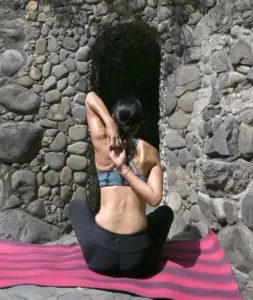
Pelvic floor dysfunctions, such as pelvic organ prolapse, urinary incontinence, or pelvic pain, can significantly impact daily life and overall well-being. Mindful-based practices offer a gentle and effective approach to strengthen and restore balance to the pelvic floor muscles. By practicing specific mindful poses, breathing techniques, and meditation techniques, individuals can improve pelvic floor function, alleviate symptoms, and enhance pelvic health.
Benefits of Pelvic Floor Dysfunctions Therapy:
Considerations before Starting:
Mindful Poses for Pelvic Floor Dysfunctions:
Breathing Exercises for Pelvic Floor Dysfunctions:
Mindful Practice for Pelvic Floor Dysfunctions:
Summary with Tips:
By incorporating these mindful poses, breathing exercises, and meditation techniques into your routine, you can effectively strengthen and restore balance to the pelvic floor muscles. These practices offer a holistic approach to improving pelvic health, reducing symptoms of pelvic floor dysfunctions, and enhancing overall well-being.

GoInwards is an IRS 501(c)(3) Non-Governmental Organization (NGO), chartered to advance wellness through integrative health related awareness, prevention, intervention, and resilience-based educational programs.
FEIN 90-0609802